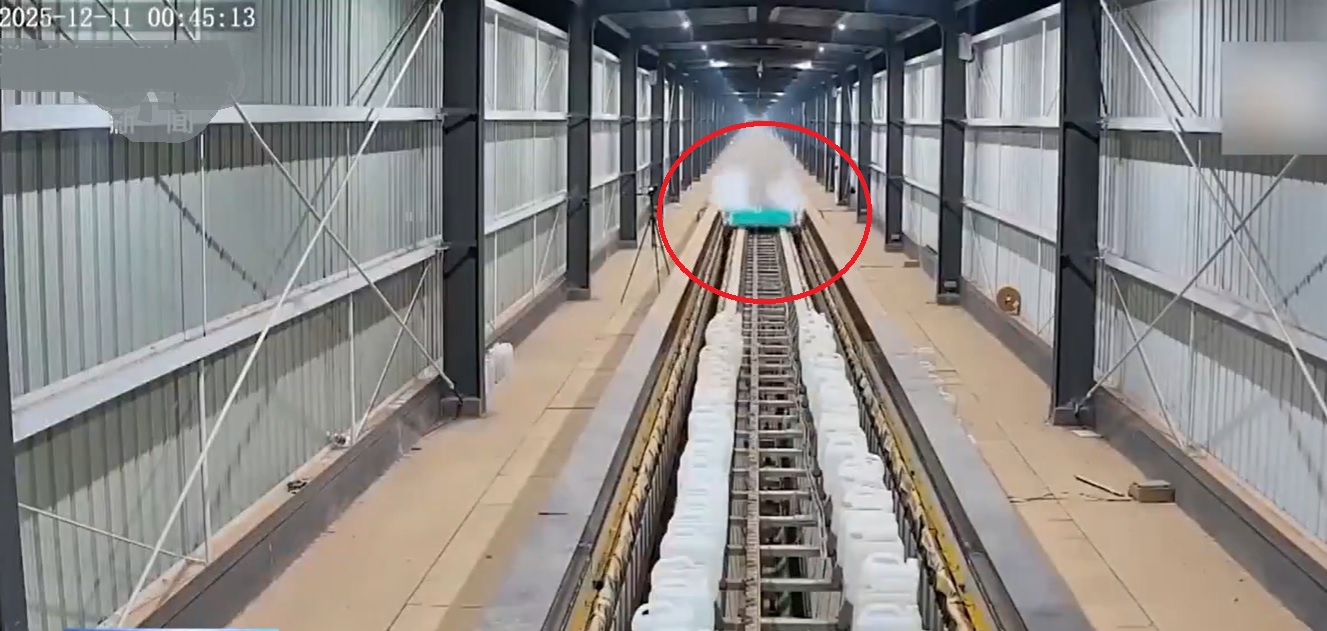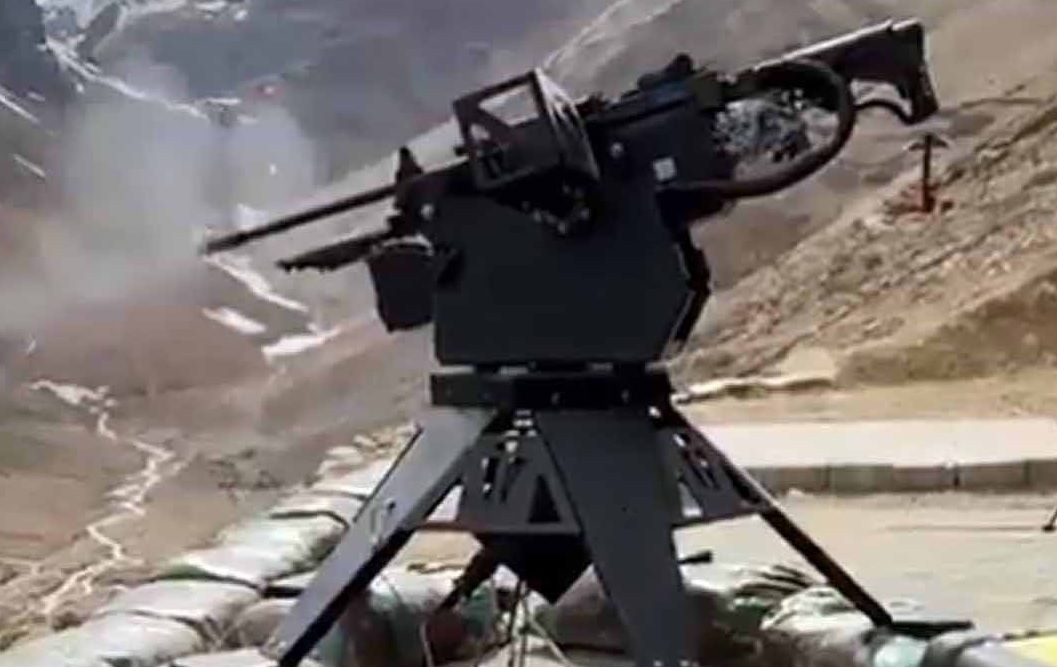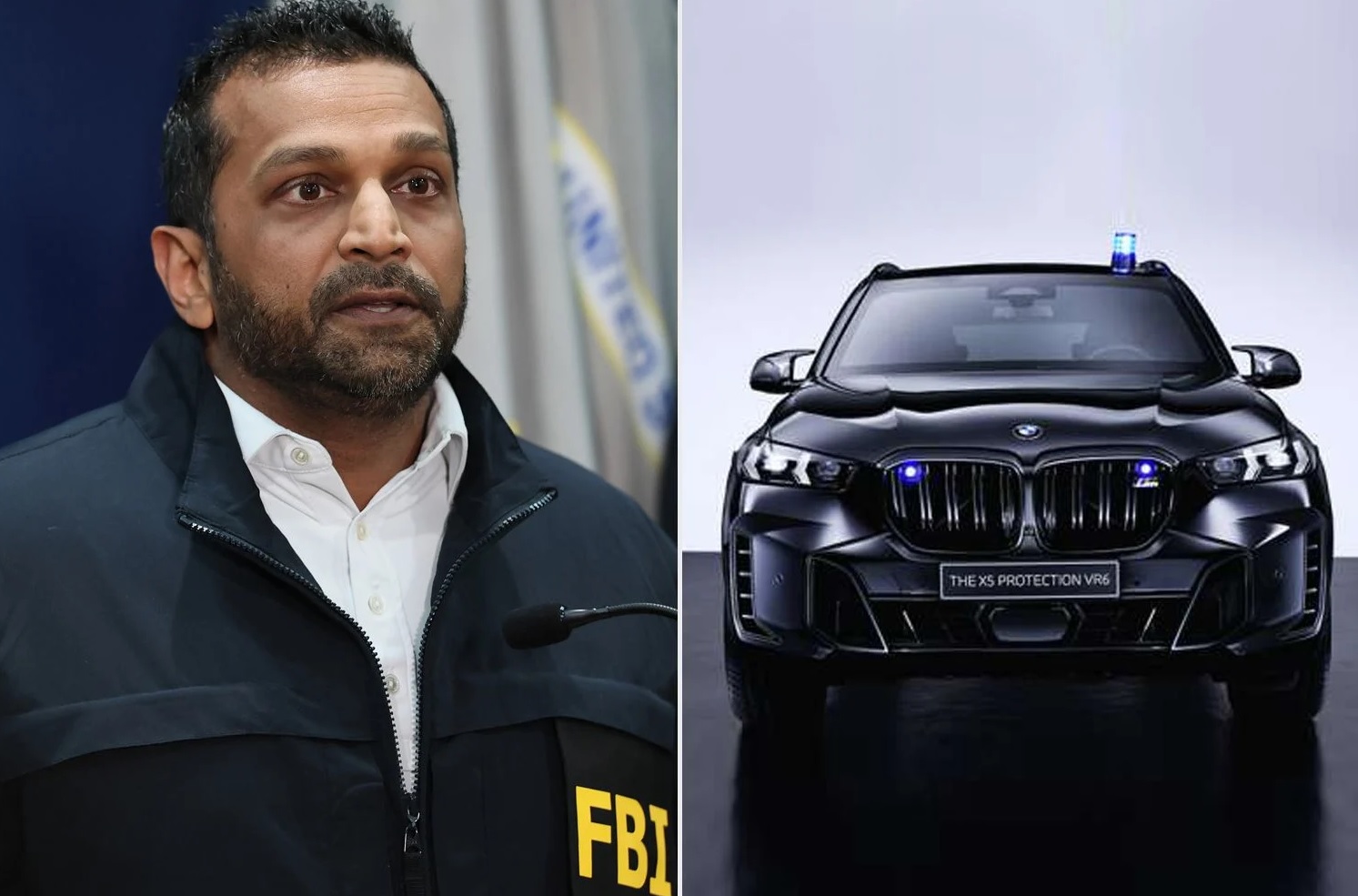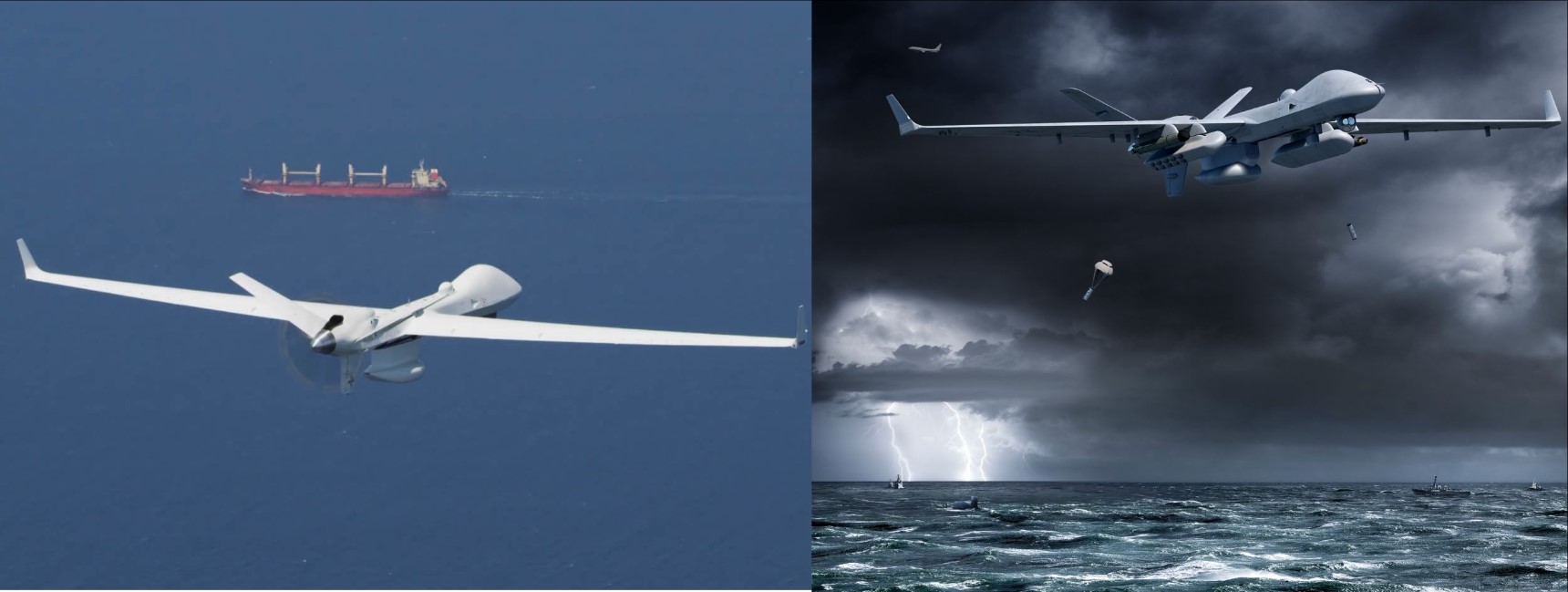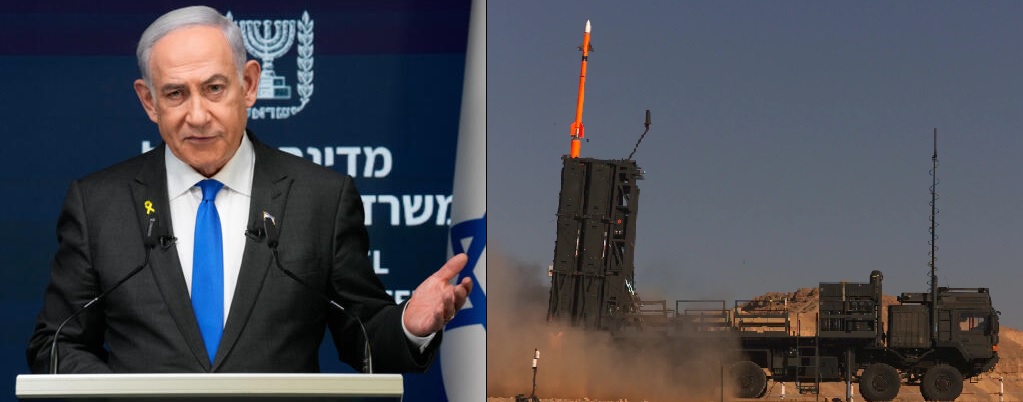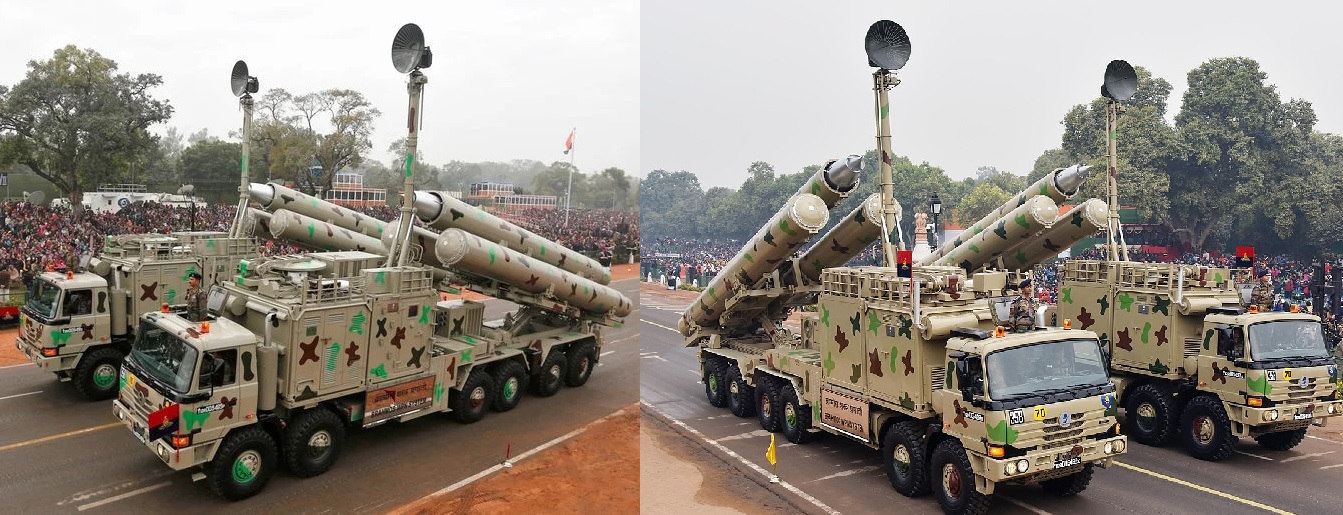Iran's New Presidential Election: Navigating Crises Amidst Raisi's Death

In a pivotal moment for Iran, citizens headed to the polls on Friday to elect a new president following the tragic death of Ebrahim Raisi in a helicopter crash. This election, marked by a tightly controlled roster of four candidates loyal to the supreme leader, comes at a time of growing public frustration and heightened Western pressure.
The backdrop to this election is tense, with escalating regional conflicts involving Israel, Hamas in Gaza, and Hezbollah in Lebanon. Additionally, there is increased scrutiny from the West over Iran's advancing nuclear program. While the election is not expected to bring about significant policy shifts, its outcome could influence the future leadership of Ayatollah Ali Khamenei, the 85-year-old supreme leader who has been in power since 1989.
Khamenei, emphasizing the importance of public participation, stated on state television, "The durability, strength, dignity, and reputation of the Islamic Republic depend on people's presence. High turnout is a definite necessity." This call for a high turnout is seen as an attempt to counteract a legitimacy crisis fueled by economic hardships and restrictions on political and social freedoms.
Despite the overarching control Khamenei has over major state matters, the president plays a crucial role in the day-to-day administration of the government and can influence the tone of Iran's domestic and foreign policies. The Guardian Council, a hardline body consisting of clerics and jurists aligned with Khamenei, vetted the candidates, narrowing the field from 80 to six, with two subsequently dropping out.
The candidates include three hardliners and one relatively moderate contender. Among the hardliners are Mohammad Baqer Qalibaf, the parliament speaker and former Revolutionary Guards commander, and Saeed Jalili, a former nuclear negotiator with a tenure in Khamenei's office. These candidates have all pledged to address the country's struggling economy, plagued by mismanagement, corruption, and sanctions re-imposed since the US abandoned the 2015 nuclear deal.
In contrast, Massoud Pezeshkian, the sole moderate candidate, supports theocratic rule but advocates for economic reform, social liberalization, and political pluralism. Pezeshkian’s stance, particularly on social issues, resonates with many who remember the 2022 protests following the death of Mahsa Amini in morality police custody. This unrest was one of the largest demonstrations against Iran's clerical rulers in recent years, driven by demands for greater freedoms.
The election has highlighted a divided electorate. Some, like Farzan, a 45-year-old artist from Karaj, see Jalili as a candidate who addresses justice and anti-corruption without tying foreign policy to the nuclear deal. Others, like architect Pirouz, who had planned to boycott the vote, found hope in Pezeshkian's blend of traditional and liberal views.
However, a significant portion of the population remains disillusioned. The hashtag #ElectionCircus has gained traction on social media, with many activists calling for a boycott, arguing that a high turnout would only serve to legitimize the current regime. Shahrzad Afrasheh, a 55-year-old writer, echoed the sentiments of many disenchanted Iranians: "The youth were punished ... young girls were killed on the streets ... We can't easily move on from that ... After all that happened, it's unconscionable to vote."
State television showed polling stations bustling with activity, extending voting hours to accommodate the turnout. The results are expected to be announced on Saturday, with the potential for a runoff if no candidate secures a majority. This election, while unlikely to alter Iran's fundamental policies, is a crucial indicator of the country's political landscape and the enduring influence of its supreme leader.
✍️ This article is written by the team of The Defense News.
